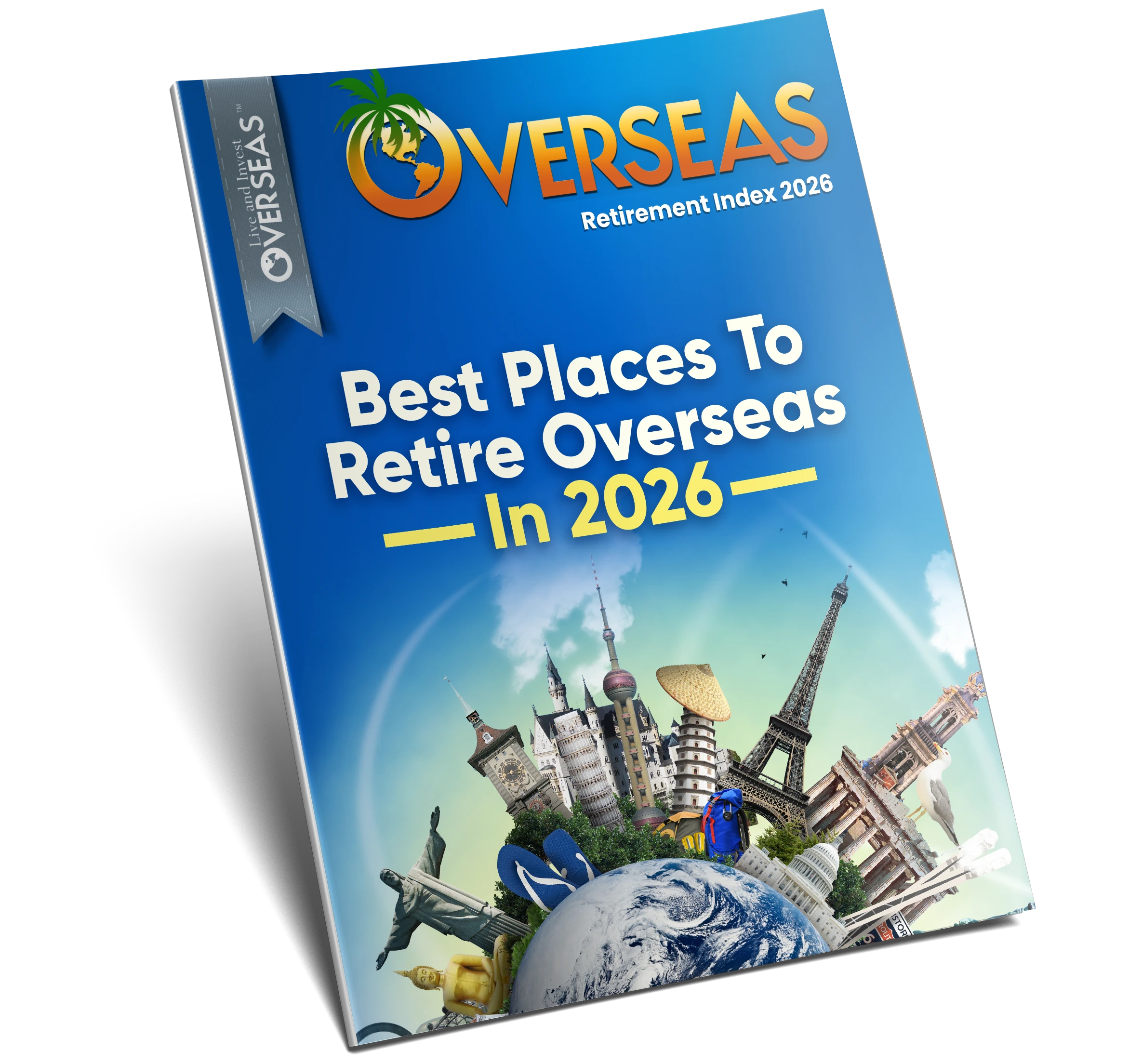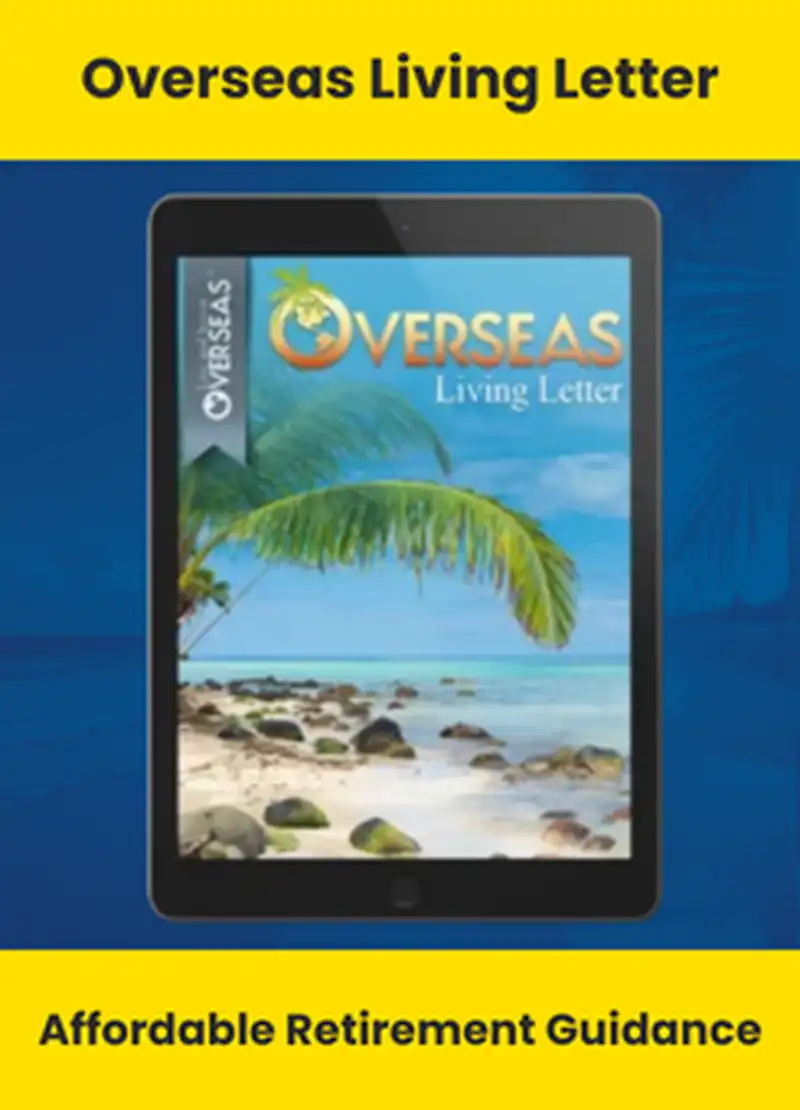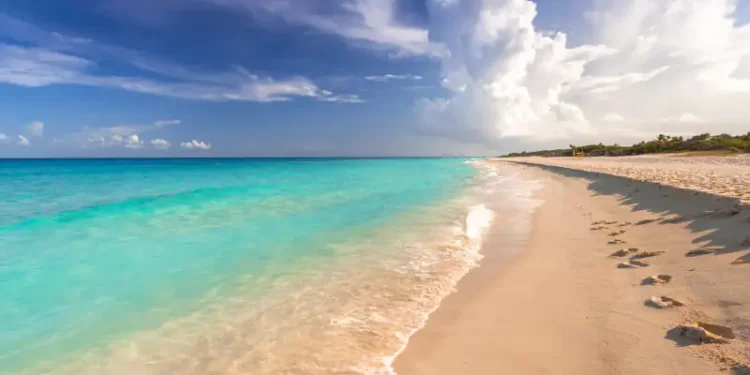Playa del Carmen is a beach town that sits about an hour south of Cancún on the Riviera Maya, as the strip of coast is known.
Once a sleepy fishing town, the port was inadvertently put on the map by Jacques Cousteau in 1954 when he filmed an underwater documentary of the Great Mayan Reef just offshore of Cozumel Island, which lies about 12 miles offshore of Playa del Carmen (simply called “Playa” by locals).
Divers began seeking out these Caribbean waters for themselves, and in the 1970s a port was built to ferry the tourists from the mainland to Cozumel. In the following years, Playa del Carmen became more globally known, but only as an access point to Cozumel, the real star.
Simultaneously, Cancún was being born 60 kilometers to the north. The first expats to Cancún in these early days were mainly European, but once the resort city became oversaturated by tourists, many of these first settlers started heading south to Playa del Carmen.
In the 90s, the population was growing so rapidly that Playa was the fastest growing city in Mexico… and growth has continued strong in the decades since. Today, Playa is thought to be home to as many as 20,000 expats.
Foreigners can work here, too, making it an attractive destination for those not looking to retire just yet. Expats here own and operate bars, teach English, run and teach at schools, manage real estate offices, and more.
The population here is eclectic. Tourists, but also residents, are of all ethnicities and represent all parts of society. From young couples to retired couples, from families to students to digital nomads. It’s also a welcoming destination for the LGBT community.
Many expats wound up here after they came for a vacation and loved it so much they just couldn’t leave. A large number are young families who can’t say enough good things about the all-around quality of life. Health care, for example, is super-cheap and excellent quality. The local hospital (a Hospiten facility) is easily accessible on the southern edge of town—about a 15-minute drive from most any part of Playa town—and Cancún, about a 90 minute drive to the north, is home to two excellent hospitals.
Plus, nearly everyone in Playa seems to speak English. Learning another language is a great goal, but if you feel you may never master a second, Playa is a good option for you; you could easily get by here in English. If you do want to try your hand at Spanish, though, locals are patient and eager to help.
La Quinta Avenida (5th Ave.) is the pedestrianized street that runs parallel to the beach, one block up. Acting as the town’s boardwalk, this buzzing strip is the heart of the town’s entertainment. Music rolls out of the open storefronts as you walk down the street… Led Zeppelin, then Jimmy Buffett, then salsa… And that’s not counting the live music…
In one corner restaurant, a woman sings Amy Winehouse and taps a tambourine, accompanied by a man playing guitar. In another, a busking harpist serenades a couple. While my colleagues and I ate at an Argentinian steak house, the table of college-aged friends next to us was entertained by a comedic mariachi troupe.
Around 10 p.m., the rock and roll gives way to club music, as many of the older crowd head (or stumble) home after a long day in the sun and a few cocktails with dinner. Taking their place, the younger crowd starts to fill the streets, and they’re just getting started for the evening.
The party here lasts well into the night, with music going strong until the early morning hours. The strip reminds me of a better behaved Bourbon Street—it never sleeps. Next day, though, streets are clean and brunch is being served at all the sidewalk cafés bright and early, many serenaded by live music (breakfast burritos replace beignets).
Most of the restaurants serve impressively good food in thoughtfully designed spaces. Many look trendy enough to hold their own in Manhattan. And the European expats imported their family recipes… some of the Italian and French food was among the best I’ve had.
Join us January 8. for our annual global index reveal.
One section of La Quinta, as the strip is known locally, is called Little Italy—these blocks decorated with freshly made pasta, luring in passersby. You’ll also find steak houses, burger joints, coffee and sandwich shops, all ethnicities of food you can think of, and, of course, plenty of Mexican food.
As well, eating out is affordable. There are hundreds of restaurants, cafés, stores, bakeries, ice-cream shops, and pharmacies all along La Quinta, so competition has kept prices low despite the population and tourism boom.
When it comes to day-to-day living, you’d have no trouble finding anything you’d want or need and you can get pretty much anything you’d have gotten back home.
The delightful weather here helps to keeps people out and about and enjoying the fun of La Quinta. Temperatures usually hover in the mid-70s F during the day, rarely breaking 80 F, and humidity is low. At night it usually doesn’t get below 60 F, but the brisk breeze coming in off the shore—the same one that kept you nice and cool during the day—can feel chilly after dark.
To boot, Playa is super pet-friendly. It seems like everyone in town takes their furry, four-legged family members with them as they go about their day… even bringing them into restaurants sometimes. On busy weekend days and nights on La Quinta, you’re likely to see animal welfare groups out and about, each representative with a dog up for adoption and a can for donations.
You’ll get used to seeing wildlife as a part of daily life here, too. Giant pelicans flock to the beach the fishermen unload their catches on, iguanas bask on beach rocks despite crowds of sunbathers turning into paparazzi around them, and coati—cute, raccoon-like mammals with ringed tails and long noses—can often be seen foraging around any open or lightly wooded areas… like golf courses, throughout which they roam in adorable bands of 20 or more.
Playa del Carmen is a great choice for those looking for a vibrant and active beachside community. La Quinta offers residents a never-ending supply of entertainment, plus the expat community is already large and well-established, and the cost of living is low.
Mexico is close enough to home that things all feel familiar—the shopping, the entertainment, the food, the infrastructure—it’s all very similar to what you’re already used to. Life in Playa would be an easy transition, no matter where you’re coming from—the only thing that may take some getting used to is daily sunshine and year-round warm weather!
Happy trails,

Kat Kalashian
Editor, LIOS Confidential











